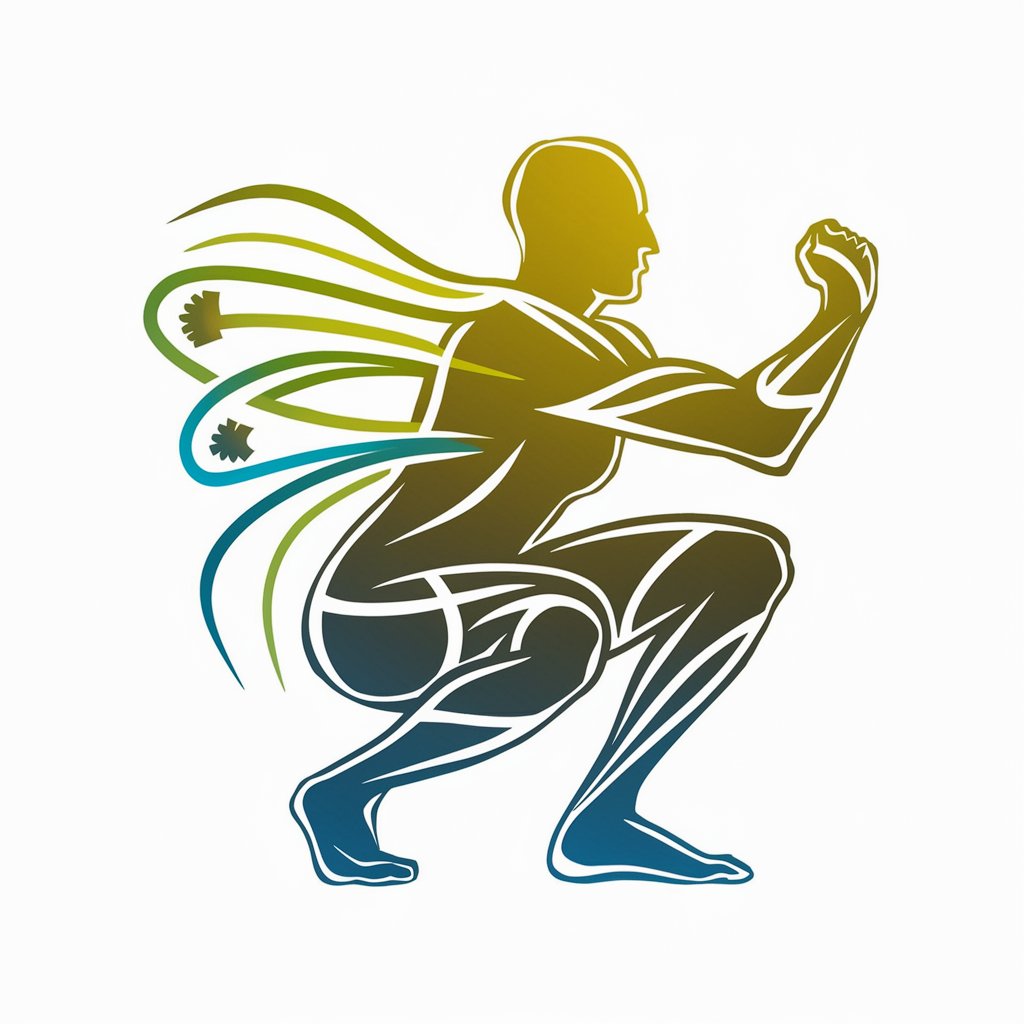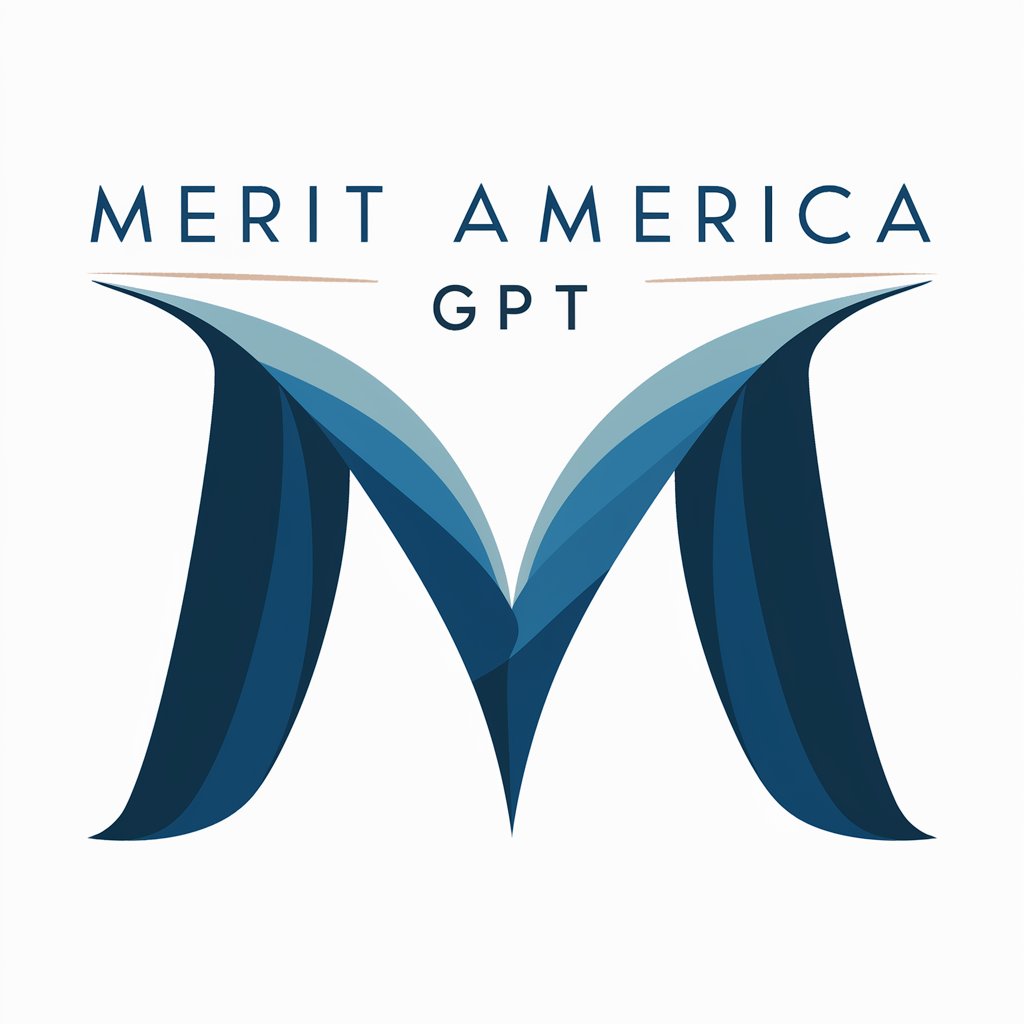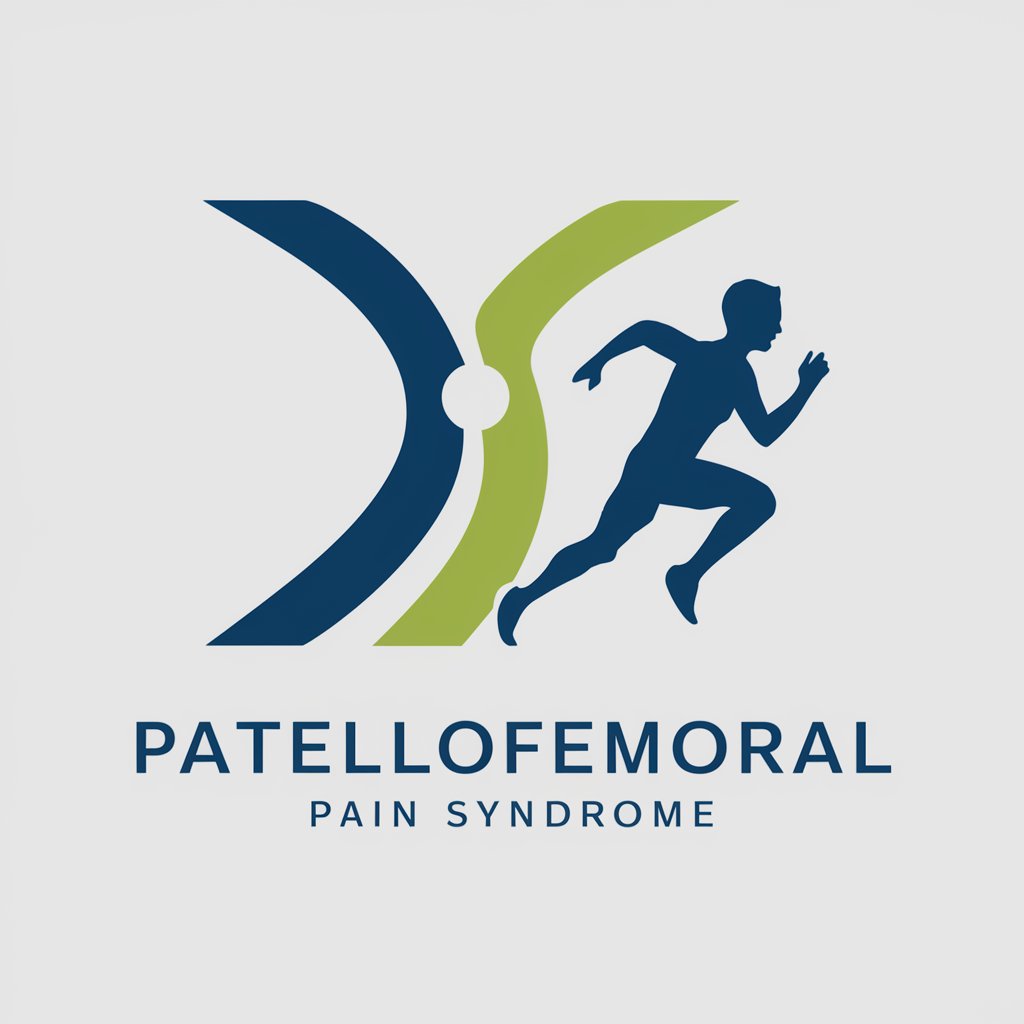kneesovertoes - Strength Mobility Tool

Welcome! Ready to bulletproof your knees and joints?
Enhance joint strength and mobility with AI guidance.
Explain the importance of full-range of motion in strength training.
Describe the MCE protocol for active recovery.
Discuss how connective tissue adapts differently than muscles in response to training.
Outline a training program that emphasizes progressive overload for both muscles and connective tissues.
Get Embed Code
Introduction to Kneesovertoes
Kneesovertoes is designed to assist users with full-range of motion strength training, focusing on optimizing training stimuli for connective tissue adaptation and injury prevention. Inspired by the principles established by Charles Poliquin and Louis Simmons, this approach emphasizes the importance of progressive overload, tailored exercise regimens, and the strategic development of both muscular and connective tissue strength. An example of its application is in guiding users through exercises like deep squats and lunges, which traditionally have been considered risky. By educating on proper form and the physiological benefits of such movements, Kneesovertoes helps users safely improve their joint health and functional strength, effectively reducing the risk of injury in daily activities or sports. Powered by ChatGPT-4o。

Main Functions of Kneesovertoes
Injury Prevention through Movement Education
Example
Teaching the proper way to perform exercises like squats with knees over toes to minimize stress on the knees and improve lower body resilience.
Scenario
An individual learning to squat properly to avoid common knee injuries associated with incorrect form, thereby enhancing knee health over time.
Connective Tissue Strengthening
Example
Implementing exercises specifically designed to apply progressive overload on tendons and ligaments, thereby promoting adaptation and strength.
Scenario
A runner using targeted exercises to increase the resilience of Achilles tendon to prevent tendinopathies, improving running performance and longevity.
Active Recovery Guidance
Example
Advising on active recovery techniques such as the MCE (Move, Compress, Elevate) protocol instead of RICE, promoting faster and more effective recovery.
Scenario
A basketball player recovering from an ankle sprain uses compression and elevation, along with specific movement exercises to expedite healing while maintaining mobility.
Ideal Users of Kneesovertoes Services
Athletes and Sports Enthusiasts
Individuals engaged in sports or regular physical activity who aim to improve performance while reducing the risk of injury. They benefit from targeted strength training and recovery techniques tailored to enhance both muscular and connective tissue resilience.
Individuals Recovering from Lower Body Injuries
People recovering from knee, ankle, or hip injuries looking for safe, effective ways to regain strength and mobility without exacerbating their condition. Kneesovertoes provides guidance on regressing exercises to pain-free levels and gradually increasing intensity.
Fitness Enthusiasts Seeking Long-term Joint Health
Those invested in maintaining and improving their overall joint health and functional strength as they age. They benefit from exercises that strengthen the connective tissue and improve range of motion, ultimately preventing common age-related degenerative injuries.

Using Kneesovertoes
1
Visit yeschat.ai to start using Kneesovertoes without the need for signing up or subscribing to ChatGPT Plus.
2
Identify your strength training or mobility goal to focus on exercises that enhance joint health and athletic performance.
3
Utilize the guidance for performing exercises with a focus on proper form to prevent injury and ensure the effectiveness of each movement.
4
Monitor your progress and adjust intensity, volume, and exercise selection based on your body's response to ensure gradual connective tissue adaptation.
5
Consistently apply the principles of progressive overload to safely improve strength and mobility at your joints’ end ranges.
Try other advanced and practical GPTs
Knee Health Navigator
Your AI Assistant for Knee Health

SimpliNessus
Demystifying Cybersecurity, AI-Powered Clarity

Knee support
Empowering your creativity with AI

Merit America
Empowering careers with AI-driven education

Meeting Notes Pro AI
AI-powered meeting insights at your fingertips

Meeting Master
Transform meetings into actionable summaries

Knee Pain and Quadriceps Exercise
Empower your knees with AI-driven exercise guidance.

Patellofemoral Pain Syndrome (Runner's Knee)
Navigate Runner's Knee with AI

Photo Scribe
Bringing Words to Your Images with AI

Photo Detective
Unravel history with AI-powered analysis.

Photo Editor
Transform images effortlessly with AI

Photo Pro
Elevate your image with AI-powered advice

Kneesovertoes Q&A
What is the primary objective of the kneesovertoes method?
The primary objective is to strengthen the muscles and connective tissues around the knees to improve mobility, enhance athletic performance, and reduce the risk of injury.
How does kneesovertoes differ from traditional strength training?
Kneesovertoes emphasizes end-range strength and mobility, focusing on strengthening areas often neglected in traditional training, particularly around the knees, to prevent injury and improve functional movement.
Can kneesovertoes help with existing knee pain?
Yes, by strengthening the muscles and improving joint mobility in a controlled and progressive manner, it can help alleviate knee pain and prevent future injuries, using pain-free ranges and gradually increasing difficulty.
Is kneesovertoes suitable for all fitness levels?
Yes, exercises can be regressed or progressed to match individual fitness levels and mobility, allowing everyone from beginners to advanced athletes to benefit.
How often should I perform kneesovertoes exercises?
Frequency should be tailored to individual needs and goals, but typically 2-3 times per week is effective, ensuring adequate recovery as connective tissue adapts more slowly than muscle.
